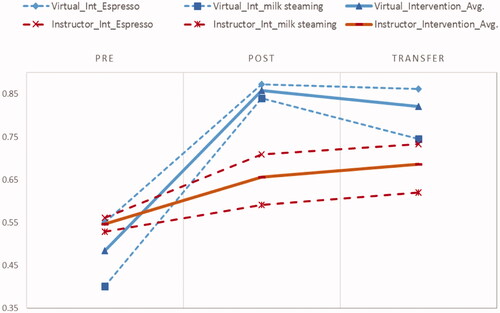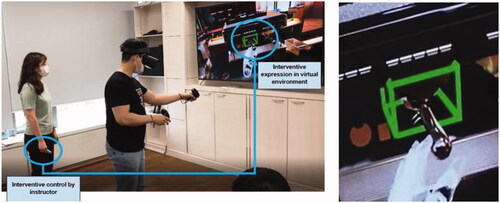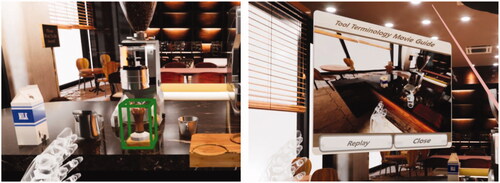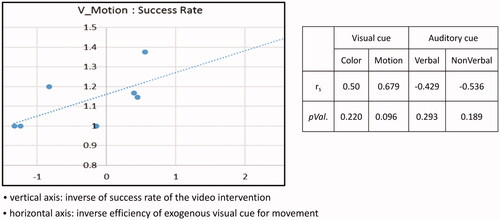Figures & data
Table 1. Composition of procedures & sub-procedures of the VR barista training.
Figure 12. Comparison of job performance rates of virtual intervention and instructor intervention in pre-, post-, and transfer-measurement steps.

Table 2. Comparison of job performance rates in pre-, post-, and transfer-measurement steps.
Table 3. Statistical results in job performance rates.
Table 4. Ratio of those requesting additional intervention due to a failure of the first intervention (No. of additional interventions/No. of first interventions).
Table 5. Comparison of the average execution time of intervention.
Table 6. Interview results about the effect of virtual barista training.












